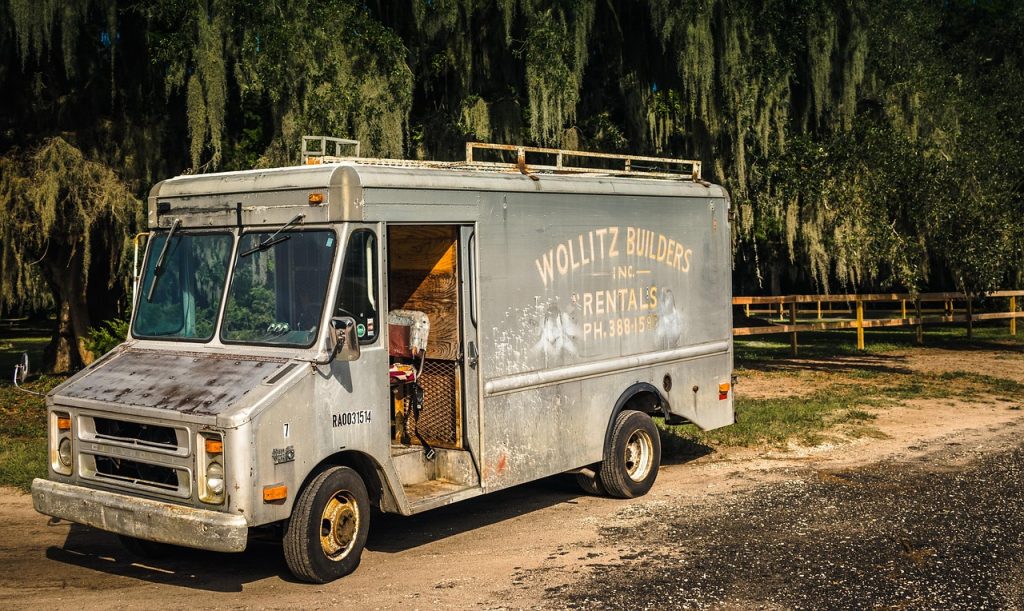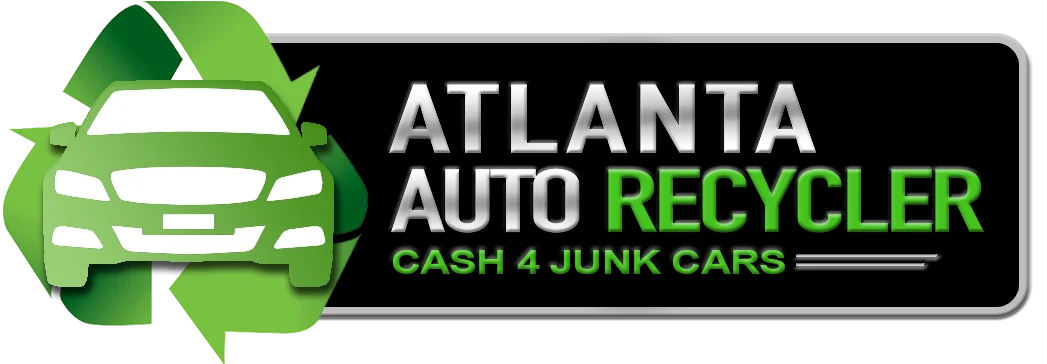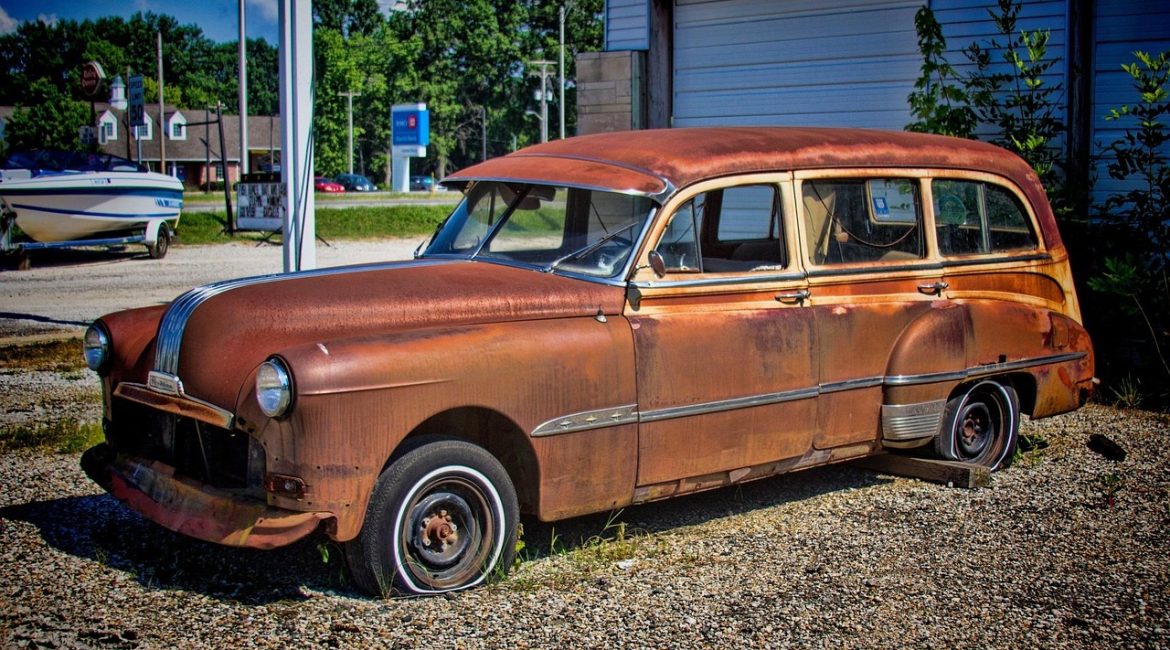The general belief among most people is that the sale of a junk car terminates the moment that the buyer drives away with the vehicle. In fact, there is much more to it than a well-organised process. In the background, your used car undergoes various procedures, including inspection, documentation, de-parting, recycling, and even reselling of particular parts.
The next thing would help you better visualise the next course of action for your car, why some buyers pay more, and how the industry transforms junk into value. We will inspect the entire vehicle you are selling.
First Evaluation Following Sale
The first stage after selling your trash automobile is for the buyer to evaluate it. Junk cars buying companies usually assess the automobile’s condition. They look for any dangerous chemicals, valuable scrap metal, and reusable pieces. This evaluation helps determine how the vehicle will be handled going forward.
The Procedure for Recycling
The majority of scrapped automobiles are sent to recycling facilities after being evaluated and assessed. The goal of these facilities is to salvage materials and parts that can be used again. The following are typically involved in the recycling process:
- Eliminating liquids such as petrol and oil
- Removing critical components for reuse or resale
- The surviving building will be demolished, and its materials will be rushed and shredded for metal recycling.

Draining Fluids and Eliminating Hazards
All of the car’s fluids are meticulously drained before any further disassembly can begin. This includes petrol, coolant, brake fluid, gearbox fluid, engine oil and even the windscreen washer fluid. These materials are kept in the right containers to avoid any leak that may be harmful to the environment.
Airbags, batteries, and other potentially dangerous parts are also taken off at this stage. Airbags and other devices of this type are neutralised safely, and batteries are often repurposed as lead and other elements. The phase is necessary to monitor that the rest of the recycling and disassembling process is carried out in a safe, healthy, and environmental law-abiding manner.
Salvaging and Part Removal
After the vehicle has been examined, any remaining valuable items must be removed. The engine, gearbox, catalytic converter, tyres, batteries, mirrors, doors and interior fixtures are all removed by experts. To determine if an item may be recycled, resold, or reconditioned, it is thoroughly evaluated.
Catalytic converters and working engines are examples of high-demand items that often end up in the resale market for other vehicles. While some parts are offered online for individual consumers seeking reasonably priced replacements, others are sold to car dealerships. This phase is crucial to how junk car purchasers generate a profit and how much of the automobile is eventually recycled rather than discarded.
Metal Recycling Crushing and Shredding.
Once all functional parts and dangerous materials are extracted the remainder of the car structure can now be modified to fulfill its ultimate use. The shell is poured into huge crushers to make it small manageable sizes. It is then sent to the industrial shredders where the metal is cut into smaller parts.
They are then separated into various types, which are generally steel, aluminium and other metals through a high-tech magnetic and mechanical separation technologies. They are all collected and brought to recycling stores where they are melted and re-purposed. The move will make sure that almost all the metal parts of the vehicle are recycled and re-used in the manufacturing process hence sparing the use of new raw materials and minimizing wastes.
A Yard of Junk
Because automobiles may be worth significantly more when sold as individual pieces, the cars that individuals sell to auto recovery firms have a substantial likelihood of ending up in junkyards. Car owners and others who enjoy repairing or rebuilding vehicles may find a unique part for their vehicles in junkyards. Parts from junk yards are usually far less expensive than those from dealerships.
Therefore, the pieces from your automobile will likely be used to repair other vehicles of the same make and model if it ends up at a scrap yard. Therefore, the alternator, starter, dash, door, or mirror from that old junker may be a tremendous value to other vehicles that are still in use after you’re done with it.
The Environment Benefits from Junk Car Sales
You might think about the environment if selling your old car isn’t motivated by money. You may save natural resources by recycling your unwanted automobile. Processing of new auto parts requires a lot of power and resources, even though the materials used are raw and consume a great deal of energy. Recycling metals and recycling parts will decrease the need to use new materials and manufacturing processes that are energy-consuming.
Second, recycling reduces the number of waste, which is discarded in landfills. Cars are heavy items that do not add significantly to the list of trash that we generate. One of these ways is recycling in order to reduce the amount of waste that will be deposited in the landfill.
Lastly, it makes sure that there is no infiltration of harmful elements in the environment. Cars have a great number of dangerous substances. These materials, when not properly disposed of will leak into the atmosphere and contaminate the land and water.
Returning to the Road
Some trash vehicle buyers are also mechanics, so they can take a junk car and repair the necessary components for a very low cost. After the vehicle has been fixed, they have the option of driving it themselves or selling it in the neighbourhood ads for a profit. Your ancient automobile may still be given new life by someone who can repair it if you lack the funds or the motivation to do it yourself.
Part Removal and Salvaging
After inspecting the car, the second thing is to extract some objects which are likely to be of some value. The components that were taken off by trained technicians are engine, transmission, catalytic converter, tyres, batteries, mirrors, doors, and interior fittings. This is through the evaluation approach of individual parts to establish their refurbishment, reselling, or recycling capabilities.
High-demand components, such as catalytic converters or operating engines, can find their way into the resale market of other cars. Some are sold to auto shops, while others can be found online for individual buyers searching for affordable replacements. This is a significant step towards how junk car buyers generate profit and the extent to which vehicles are reused rather than being wasted.
Get in touch with our team now.
Call us when you’re prepared to sell your old car. We are committed to Atlanta, GA, to accompany you throughout the selling process. Our loyal employees ensure environmentally friendly operations and smooth transactions. Now change with us positively!

